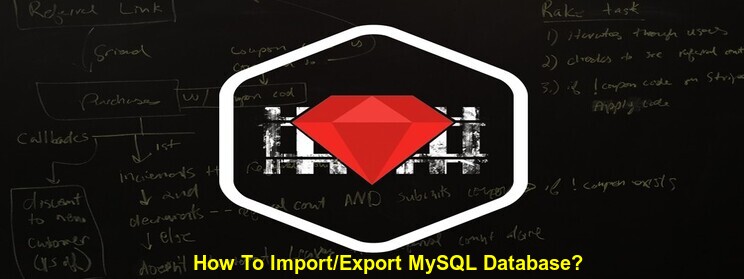Flicking of TV channels, clicks of mouse or the turning of newspapers pages would have inadvertently told you about the various hacking of mega corporations, with misappropriated data, personal and financial information. This type of hacks have left a lot of corporations embarrassed for failing to protect their business image. Web Application Security is the prime concern these days.
What used to be solitary incidents, have become really common. Hacking is an increasing hazard for businesses as well individuals. The internet being the web of inter-connected networks has become a large ground for hackers to play in.
Whether it is data theft, access disruption, fraud, hackers can adversely compromise any business, any time. Security is also a huge concerns for businesses who are into creating web applications for themselves or for clients. Whether you are working on any framework, Ruby on Rails, CakePHP, Objective C, you need to ensure safety for your web applications.
So what do you do? Have you heard the adage, ‘Health and safety is everybody’s job’? Behold! That’s what you should feel about security too. More often than not, we put the security of our business to a paltry team of techies and think that nothing can go wrong with our data and applications. Never indulge in such behaviors and remember that security is everyone’s job and only incorporating best practices throughout the organization, you can ensure your web applications safety. Never compromise on personal and customer data stored in web applications, ranging from email addresses to credit card details, among other things. If compromised, this data can be traded on the black market and might end up being used for fraudulent transactions, spamming, or to crack user accounts on ecommerce sites. Always ensure that your URL protocol security is enabled when you are doing any kind of business transactions.
The most important thing is to make security a priority within an organization, talk about it, and allocate budget for it. One practical step that can be taken is to commission an independent company to do a penetration test, where they attempt to infiltrate your web app. If you decided to go ahead with penetration testers after providing them the entry points for the application, let them know what it’s supposed to do, and give them example data and credentials so they can log in. Let them try to break it to see how the app responds to a targeted attack. You might be confident in the security of your applications, but you have to push your clients to take the initiative and thoroughly test the app(s) if you are a business into providing web applications.
Invest into your security efforts to ensure you are using the latest tools and guidelines. Check different types of vulnerabilities that can be exposed in typical web apps, though in Ruby on Rails framework, many applications are automatically protected.
Rails comes with excellent security features out of the box, and a healthy augment of it with third-party libraries, automated scanners makes sense. And go with the best practices to ensure the applications you build are as secure as possible.
A relevant training has to be enabled to understand the different ways an application can be attacked and how applications have been cracked in the past, so you can be better prepared to understand and respond to any new vulnerabilities that might be discovered in the future.
So, next time somebody asks you who is looking after the security of your app, you can tell them, “You are! They are! and We Are!”
In fact security is everybody’s job!
Get in touch with us.




